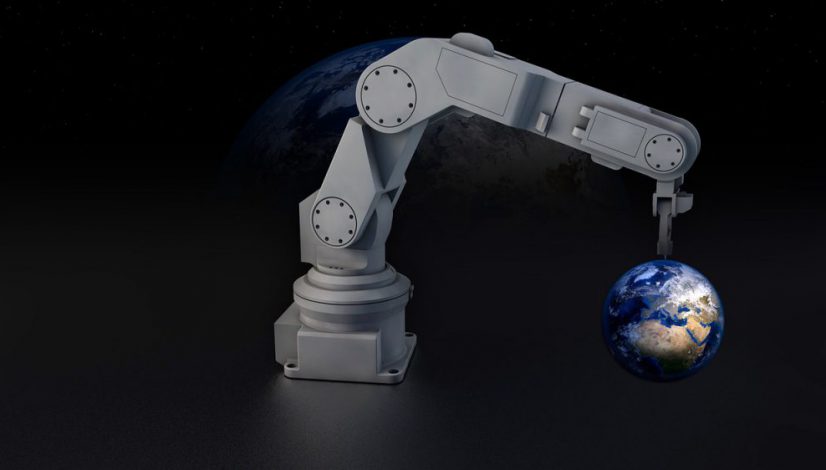The Top Trends of Industry 4.0
Manufacturing is undergoing a huge shift some are calling the fourth industrial revolution – or Industry 4.0. Exciting times are ahead, as opportunities open up for smarter, leaner, and more innovative production processes. Just what does Industry 4.0 mean for manufacturers and their processes, and what are the exciting opportunities to look out for?
What is Industry 4.0?
Manufacturing has essentially remained the same for hundreds of years. Labor intensive factories produced products at increasingly lower costs. However, there have been a few shifts along the way. Professor Klaus Schwab argues in his book, The Fourth Industrial Revolution, that the first revolution was characterized by factories in the 1700s. The second was characterized by automobiles in the early 1900s. The third by computers in the late 1900s.
But today’s revolution is far more complex, characterized by the Internet of Things (IoT), automation, artificial intelligence, and smart manufacturing processes. It’s being called Industry 4.0, and it’s changing the way manufacturers meet the needs of modern society. Producers can now create more value at lower cost in shorter time meeting more nuanced needs using less manpower. During this shift, it is crucial for manufactures to take advantage of these advancements to remain competitive.
Top Trends to Watch
In order to remain competitive and even capitalize on rapid advancements to outperform competitors, it is important to remain current and watchful. Here is a partial list of new trends and developments that are part of Industry 4.0.
1. Predictive Maintenance
Software advances are allowing remote monitoring and predictive maintenance of equipment. The entire manufacturing process can be mapped in a virtual dashboard. One company can even analyze the sound frequencies of manufacturing machines to identify faults or stress.
2. Robots
Robots really became a mainstream feature of manufacturing in 1970s and 1980s. But today, they are becoming far more sophisticated, smarter, and more proliferating. Robots today can automate palletizing, transporting, and dexterous handling of extremely heavy objects. Robots are now even able to collaborate with and learn from humans and other robots. And yes, this is costing law-skill workers their jobs – but it is also opening up many high-skilled jobs.
3. Simulation Predictability
Simulation and augmented reality tools are now enabling manufacturers to simulate product design and production processes. This top sight creates immense cost-cutting potential, allowing plants to conduct virtual run at rates and address vulnerabilities before ever committing capital.
4. Generative Design
Inputting design parameters to explore hundreds of possible combinations and product scenarios is a possibility thanks to generative design. This new technology consolidates parts, reduces design time, and minimizes material use. Manufacturers can filter based on desired outcomes or market demands.
5. Cloud Computing
Cloud computing is one of the most transformative drivers of Industry 4.0. Smart sensors can now send data on thousands of key points to the cloud for translation, conversion, and integrated networking, and forecasting. Because of the cloud, machines can now coordinate with one another to close gaps and streamline processes.
The Potential
Manufacturers have vast potential to expand their profitability while simultaneously reducing the labor intensiveness manufacturing. Industry 4.0 presents challenges in making the shift and keeping pace with change. Yet the potential afforded by these new trends is immense. Smart manufacturing is the wave of the future. And with this more complex and sophisticated manufacturing paradigm comes the potential for greater profits, more jobs, more daring innovation, and a healthier economy.

